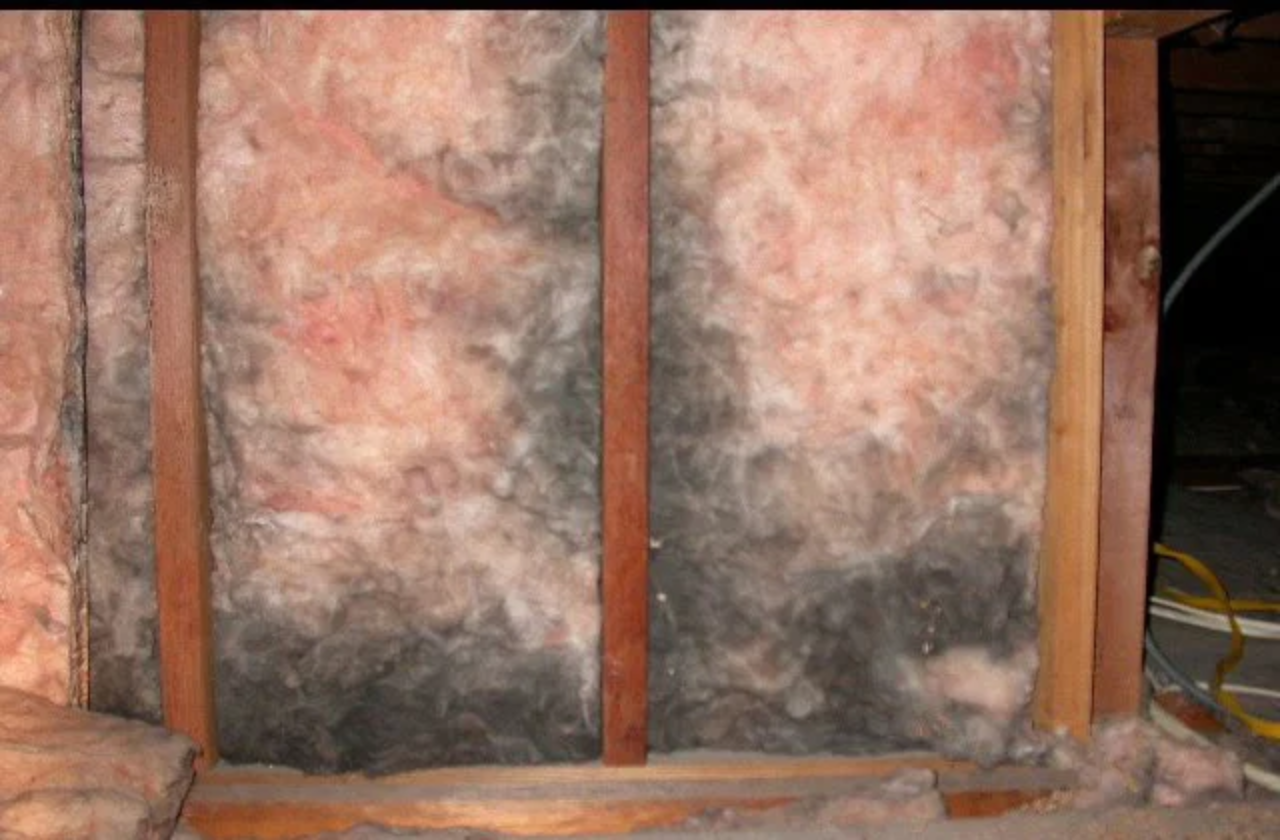
Insulation is designed to regulate indoor temperatures, reduce energy costs, and improve overall comfort. When it becomes wet, its ability to perform these functions diminishes significantly. Moisture not only reduces effectiveness but can also introduce risks such as mold growth and structural damage.
Water can infiltrate insulation through multiple sources, including:
Identifying wet insulation early can prevent more extensive damage. Some common indicators include:
Once insulation gets wet, its R-value (thermal resistance) drops, leading to greater heat transfer. This results in:
Wet insulation creates an ideal environment for mold and mildew, which can spread through walls and air vents. This may cause:
Excess moisture can weaken insulation and nearby building components, leading to:
Fiberglass can sometimes be dried if only slightly damp, but prolonged exposure to moisture leads to:
Made from treated paper, cellulose absorbs water quickly. Once wet, it:
Closed-cell spray foam resists water better than other types, but if moisture gets trapped behind it:
Finding the cause of the moisture is the first step. Check for roof leaks, plumbing issues, or poor ventilation.
If insulation is beyond recovery, it should be safely removed and replaced to prevent further damage.
Prevent future issues by:
Ensuring insulation stays dry is key to maintaining energy efficiency and indoor air quality. Regular inspections, timely repairs, and moisture prevention strategies can help homeowners avoid costly damage. If you suspect insulation problems, seeking professional evaluation can prevent long-term complications.
For expert assistance, contact Armored Insulation at (270) 331-4844 or email [email protected].
Some types, like fiberglass, can be dried if only slightly damp. However, saturated insulation often loses its effectiveness and should be replaced.
Mold can start developing within 24-48 hours if insulation remains damp.
Regular home maintenance, fixing leaks promptly, and ensuring proper ventilation help keep insulation dry.
Not always. If caught early and dried properly, some insulation types can be salvaged. However, if mold is present, replacement is necessary.
Look for musty smells, discoloration, peeling paint, or unusually high energy bills. Infrared cameras can help detect moisture.
Costs vary depending on the type and extent of damage, but professional removal and replacement typically range from a few hundred to several thousand dollars.
Yes, closed-cell spray foam and rigid foam board insulation provide better water resistance than traditional options.
Yes, prolonged exposure to moisture can weaken wooden framing, cause drywall damage, and lead to mold-related issues.
Yes, high indoor humidity can cause condensation, which may lead to moisture buildup in insulation over time.
If insulation is significantly wet or mold is present, hiring a professional ensures safe removal and replacement while addressing underlying moisture problems.